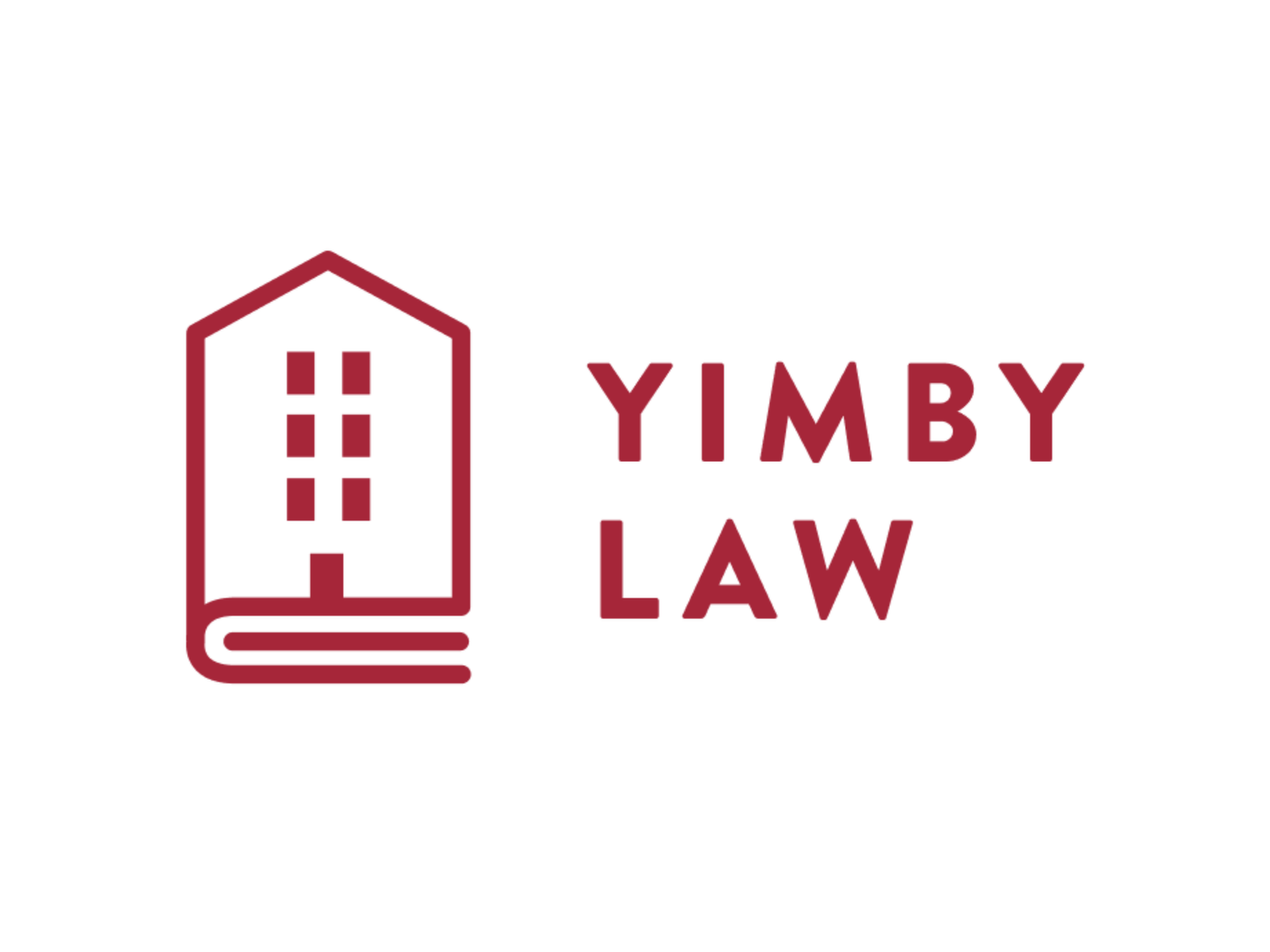YIMBY Law's Lawsuit against Simi Valley Proceeds to Trial
/Update: The trial has been rescheduled and will now take place on May 4th at 8:30 am. Updates on how to tune in and live results can be found on our twitter page.
This week, on Thursday April 15th, Yimby Law’s Housing Accountability Act lawsuit against the city of Simi Valley will have its first real hearing. The case is important as it involves fundamental questions about the HAA and what types of projects it can be used to protect. The project in question in this case is a senior living community. On Thursday we will find out whether the judge sides with the city in their narrow view of projects included under the HAA’s purview or whether the judge will side with us in our broad, comprehensive, and common sense view of which types of projects are protected by the Act.
The project at the center of all of this is a senior living community proposed on the edge of a residential neighborhood dominated by single family homes in the city of Simi Valley. Located north of Los Angeles, Simi Valley is a medium sized city that has struggled to meet housing production goals, as have many in the region. The city has not met it’s 5th cycle RHNA goals for low and very low income housing units and it is too soon to know whether it will fare any better in the 6th cycle. Additionally, Simi Valley is an aging city with a growing senior population that needs specialized housing options. In fact, the city’s most recent general plan specifically calls for facilitating more construction of senior housing and care facilities.
With all of this in mind the proposed project seems like a perfect fit for Simi Valley. The proposed development at Cochrane and Welcome Court, just off highway 118, would include 68 assisted living units and 40 memory care units. The proposed size, density, and massing of the project all fall within the restrictions set by both the city’s zoning ordinance and general plan. The developer diligently worked with city planning staff for 16 months to ensure that the project didn’t just meet, but exceeded their expectations.
However, once the project reached public hearings in front of the Planning Commission it became obvious that there was significant opposition to the project from neighbors. The concerns cited were overwhelmingly issues of aesthetic preference and neighborhood character with no grounding in the zoning ordinance or general plan. The Planning Commission caved to public pressure and denied the conditional use permit necessary for the project to move forward. The developer appealed this decision and the same process and outcome repeated itself at the City Council, with neighbor opposition leading to City Council affirmation of the Planning Commission’s decision.
In the findings provided with the resolutions denying the conditional use permit both the Planning Commission and City Council relied entirely on subjective concerns over aesthetics and neighborhood character. None of these findings are sufficient to warrant a denial of a housing project under state law. An additional finding, predicated on the idea that the project would pose a danger in the case of a wildfire as residents would flee to the facility, is absurd enough that there is little need to elaborate on it. Suffice to say, these concerns do not constitute “a specific adverse impact upon the public health or safety” as state law requires for findings in the case of a denial of housing.
The crux of the city’s argument does not rely on the woefully inadequate findings made by the City Council and Planning Commission. Instead the city argues that the proposed project is not protected at all under the Housing Accountability Act because the proposed units do not contain kitchens and therefore cannot be considered “residential units.” The HAA does not define what it means by “residential units” exactly and there is some legitimate ambiguity here. However, the idea that the broad definition of residential use contained within the HAA somehow precludes senior assisted living units is ridiculous.
Additionally, definitions elsewhere in state code and within Simi Valley’s local code support our assertion that senior assisted living units count as residential for the purposes of the HAA. There is no reason to believe that this project should be treated differently from other housing projects simply because of a difference in amenities, linked to safety. Lastly, the HAA itself states that it should be construed broadly and “consistent with, and in promotion of, the statewide goal of a sufficient supply of decent housing to meet the needs of all Californians.” (Gov’t Code § 65589(d).)
We feel our case is very strong and we believe strongly in the principle behind it. Cities should not be able to wriggle out of their obligations under state law with opaque and incorrect interpretations of state law. Lots of effort and hard work has gone into formulating laws over the last decade to improve the legal environment for housing in California. If cities can ignore or bypass these laws all that effort goes to waste and cities can act with impunity. It is our job to enforce state law in cases like these to protect the legal gains we’ve made in the housing space and to ensure that further gains are possible.

